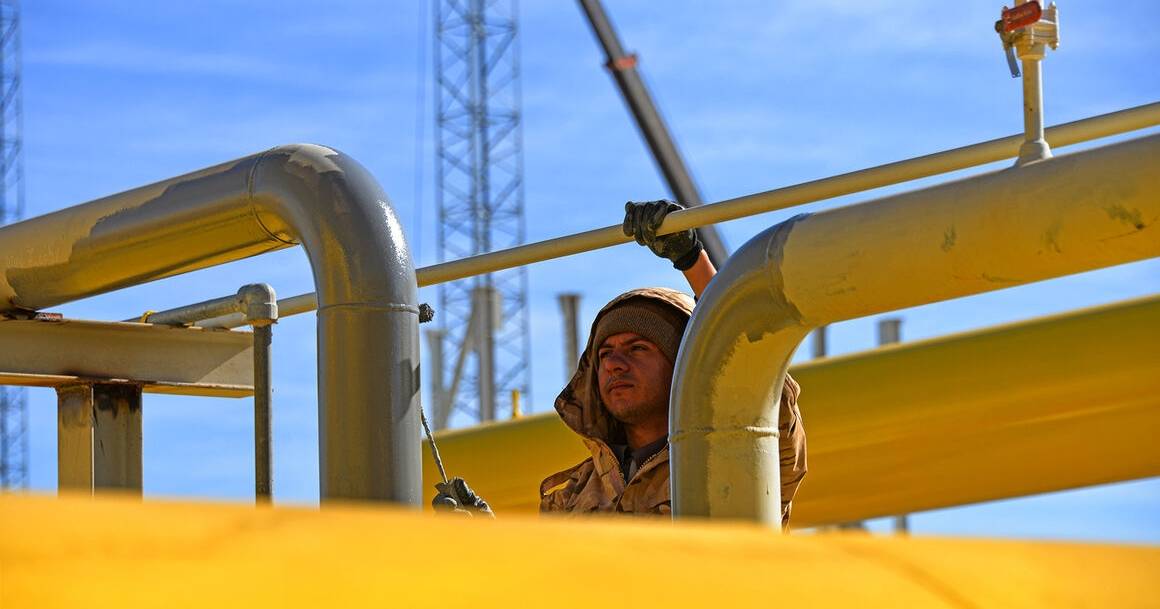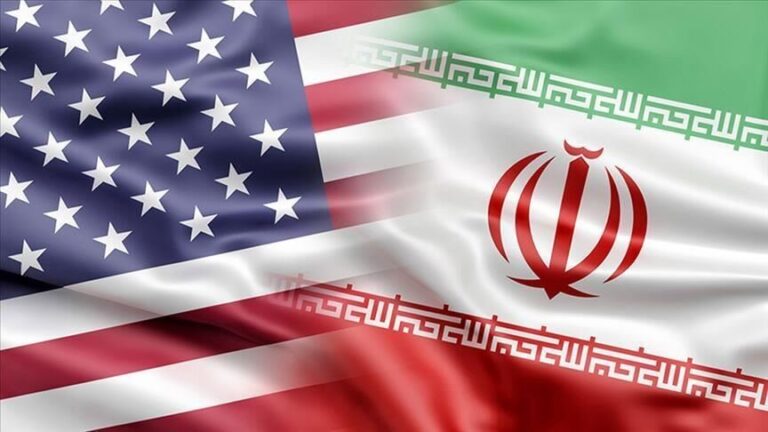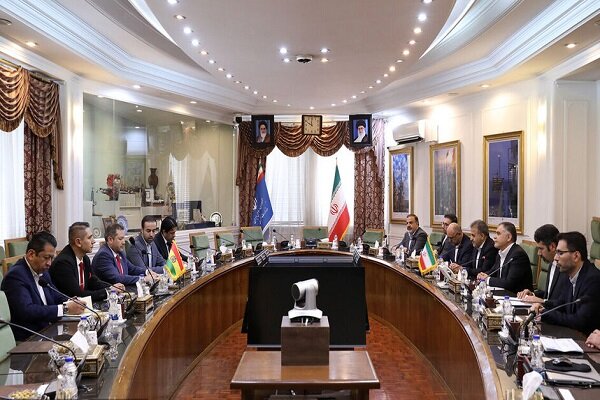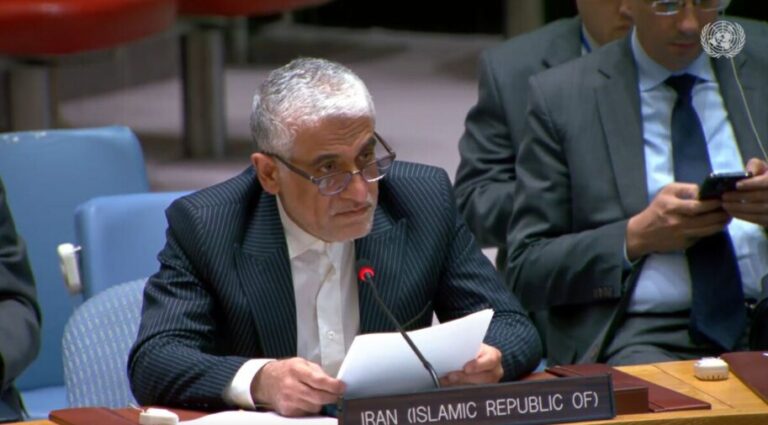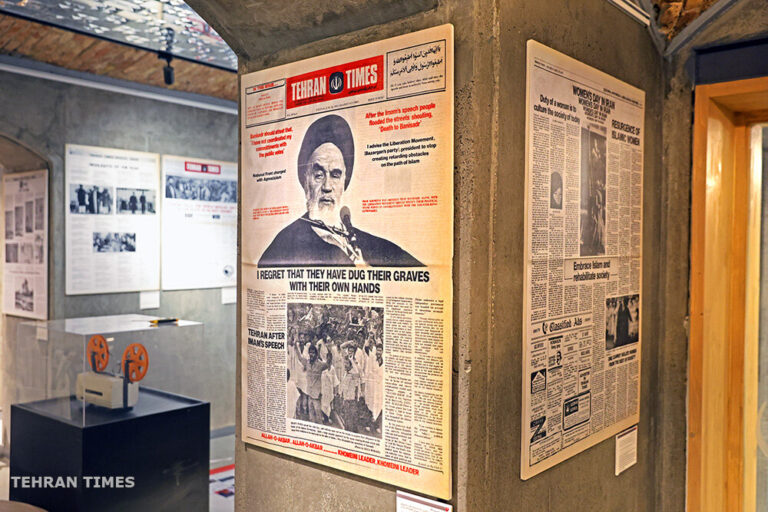Iran-Russia Gas Deal: A Bold Move or an Exercise in Futility?
In a significant development in the energy sector, a recent gas agreement between Moscow and Tehran aims to transfer substantial volumes of Russian gas through Azerbaijan. However, this deal is confronted with various logistical and financial challenges that have previously hindered similar energy agreements between the two nations.
During a visit to Moscow, Iran’s Oil Minister announced that Russia has committed to exporting 55 billion cubic meters (bcm) of gas annually to Iran, a move that is asserted to position Iran as a regional gas hub. On April 25, Mohsen Paknejad stated that several transportation routes were evaluated, ultimately deciding on a land route through Azerbaijan, with gas being handed over to Iran in Astara.
While the Mozdok–Baku pipeline can facilitate the transfer of Russian gas to Azerbaijan, and the Baku–Astara pipeline can subsequently transport it to Iran, the combined daily capacity of these pipelines is limited to approximately six million cubic meters per day (mcm/d). In stark contrast, Iran is facing a significant gas shortfall of roughly 150 mcm/d during the warmer months, which could double in colder seasons. This disparity indicates that the proposed Russian gas deliveries would only marginally address Iran’s gas deficit.
Paknejad referred to this agreement as the “first phase” of the gas deal, suggesting that additional pipelines will be necessary to achieve the proposed annual export volume of 55 bcm, translating to around 150 mcm/d. A pivotal challenge lies with Gazprom, the state-run Russian gas company, which has incurred substantial losses of $18 billion over the past two years due to the loss of European markets following Russia’s invasion of Ukraine. Gazprom currently lacks the financial resources to complete the politically favorable “Power of Siberia 2” pipeline to China, which is also designed for an annual capacity of 55 bcm.
Building a new pipeline to connect with Russia’s existing gas transmission network for the delivery of gas to Iran would require a stretch of at least 1,000 kilometers, demanding an investment exceeding $10 billion. If the pipeline is to cross the Caspian Sea, costs could escalate to more than $20 billion.
To become a credible regional gas hub, Iran must not only import large volumes of gas from Russia but also sell it to neighboring countries. However, Turkey already receives Russian gas directly via two pipelines, and many of Iran’s neighboring countries are either gas producers or exporters. Consequently, Iran’s primary prospective customers would include Iraq, Pakistan, and Afghanistan.
- Iraq: Plans to eliminate its gas import needs in the coming years.
- Pakistan: Although a gas deal was signed with Iran in 2009, pipeline construction has not commenced due to sanctions.
- Afghanistan: Remains a potential market, but challenges persist.
Under the current contract, Iran is expected to export only 7.5 bcm annually to Pakistan, raising concerns about the utilization of the remaining gas from Russia. Iran grapples with a gas deficit of 150 mcm/d in summer and 300 mcm/d in winter, and while Russian gas could theoretically help address domestic needs, the financial implications are daunting. The value of 55 bcm of gas is estimated at around $15 billion, a figure that Iran cannot afford without significant funding.
Even if financial resources were available, the Iranian government would need to provide substantial subsidies for domestic gas use, considering that gas prices in Iran’s market are very low. For context, the Iranian government anticipates selling 240 bcm of gas to the domestic market this year, which would generate only about 3,300 trillion rials in revenue—equivalent to less than $4 billion at current exchange rates.
More Hollow Claims of New Oil Deals
In addition to the gas agreement, Iran’s oil minister announced the signing of $4 billion in oil contracts with Russian companies. Over the past two decades, Russian firms have entered into more than a hundred contracts and memoranda of understanding (MoUs) with Iran, yet very few projects have progressed to the execution stage.
Paknejad offered scant details, merely indicating that “four contracts worth $4 billion have been signed with Russian companies for the development of seven oil fields.” This claim echoes a similar announcement made three years ago by Mohsen Khojastehmehr, then-CEO of the National Iranian Oil Company, who reported that contracts with Russian firms for the development of seven oil fields, valued at $4 billion, had reached the operational phase. This raises suspicions that the current contracts Paknejad references may have been signed previously, with no subsequent action taken by the Russian side, contrary to Khojastehmehr’s statements.
During that time, Iran and Gazprom also signed 40 oil and gas memoranda of understanding, none of which resulted in actual contracts or projects. Iranian oil officials under President Ebrahim Raisi described these MoUs as being worth $40 billion, branding them as “the largest deal in the history of the country’s oil and gas sector.” However, it is essential to note that unlike formal contracts, MoUs do not impose binding legal obligations and typically lack a defined financial value; they serve merely as frameworks for future negotiations aimed at finalizing actual contracts.
